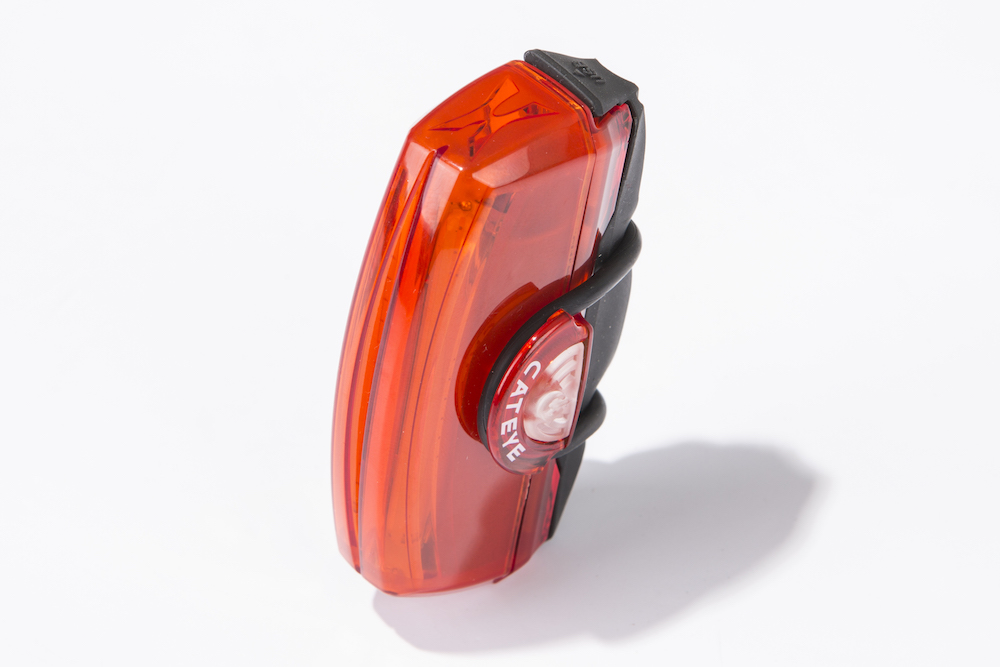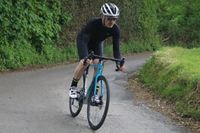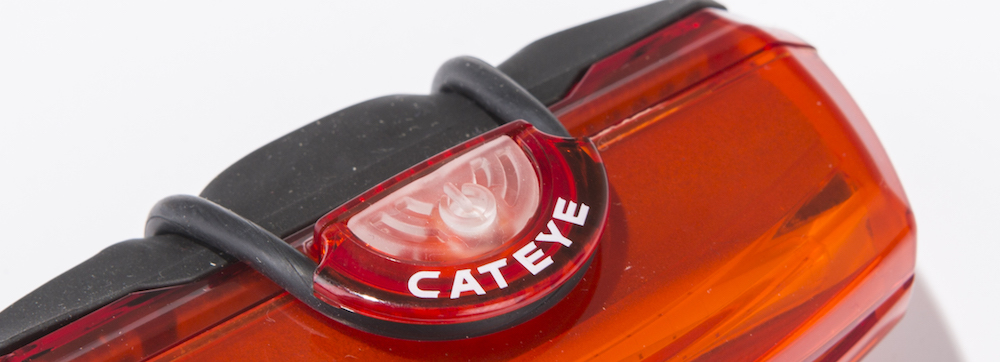Cateye Rapid X3 rear light review
The Cateye Rapid X3 puts out up to 150 lumens from two independently controlled LED arrays

The Cateye Rapid X3 is a competent unit with plenty of lighting modes. The ability to operate each of the two arrays of COB LEDs independently makes for lots of lighting options that should ensure that you are seen whatever the conditions.
-
+
COB tech leads to large lighted area
-
+
Independent switches for each array make for lots of lighting options
-
+
Option to have a constant and a flashing array at the same time
-
+
Step down to flashing output leads to long run time
- +
-
-
Limited battery life in highest output constant mode
You can trust Cycling Weekly.

The Cateye Rapid X3 is Cateye’s top-of-the-range rear light, pushing out 150 lumens on its top power setting. It achieves this using twin arrays of chip on board (COB) LEDs.
COB is the latest LED tech, where the light-emitting LEDs form part of the chip rather than being separate components soldered into the circuit. Although the power of each LED is less, COB can achieve much higher LED densities resulting in a larger array for a given output.
Like other high-intensity rear lights, the Cateye Rapid X3 is a strip-shaped unit, attached to the back of your seatpost by a rubber band that hooks over a protuberance on either side of the light’s body. Side wings keep the unit pointing in the right direction and allow it to fit on aero or round seatposts.
>>> Best front and rear lights reviewed 2018
The Cateye Rapid X3 is essentially two lights in one body, each with its own on/off/mode switch. This gives you a lot of lighting options: for example, you can have one constant high intensity and one flashing LED array. With six different modes for each array, there are endless different combinations.

All the LEDs in each array flash simultaneously, giving a large area of illumination. There’s evidence that drivers find it easier to range a constant than a flashing light, so the option to have both is also a plus.
The highest 150 lumen output of the Cateye Rapid X3 is only achieved in the highest output constant mode. This reduces run time to just one hour. The four flashing modes produce fewer lumens: two at 30 lumens, one at 20 and the highest intensity rapid flash 50 lumens, but nevertheless are bright enough to be easily visible even in bright sunlight. There’s also a low intensity constant mode of 20 lumens with five hours run time.
The latest race content, interviews, features, reviews and expert buying guides, direct to your inbox!
Charging takes around three hours, with a USB cable plugging into a socket on the top of the unit, under a rubber bung. There is a mode memory function, so both lighting arrays will start in the mode which was last used.
You get a low battery indicator – not so useful when you’re riding the bike. But the unit also switches to a power-saving flashing mode when it starts to run down. With a claimed run time when fully charged of 30 hours, even with a depleted battery this should be more than enough to get you home – we reckoned it ran for over two hours after switching from the high intensity constant mode, which itself managed more than the headline one-hour burn.
>>> Daytime running lights: should you be using them?
Run time for flashing modes varies between 8 and 30 hours, so battery life isn’t an issue. Although the headline flashing output isn’t as great as some other rear lights, the large array and option to mix it with other modes makes for a very noticeable rear light.
The translucent casing means that the Cateye Rapid X3 has good side-on illumination too, with the light visible from all angles not shaded by the seatpost. It’s a clever unit that punches above its headline outputs.
Paul started writing for Cycling Weekly in 2015, covering cycling tech, new bikes and product testing. Since then, he’s reviewed hundreds of bikes and thousands of other pieces of cycling equipment for the magazine and the Cycling Weekly website.
He’s been cycling for a lot longer than that though and his travels by bike have taken him all around Europe and to California. He’s been riding gravel since before gravel bikes existed too, riding a cyclocross bike through the Chilterns and along the South Downs.
